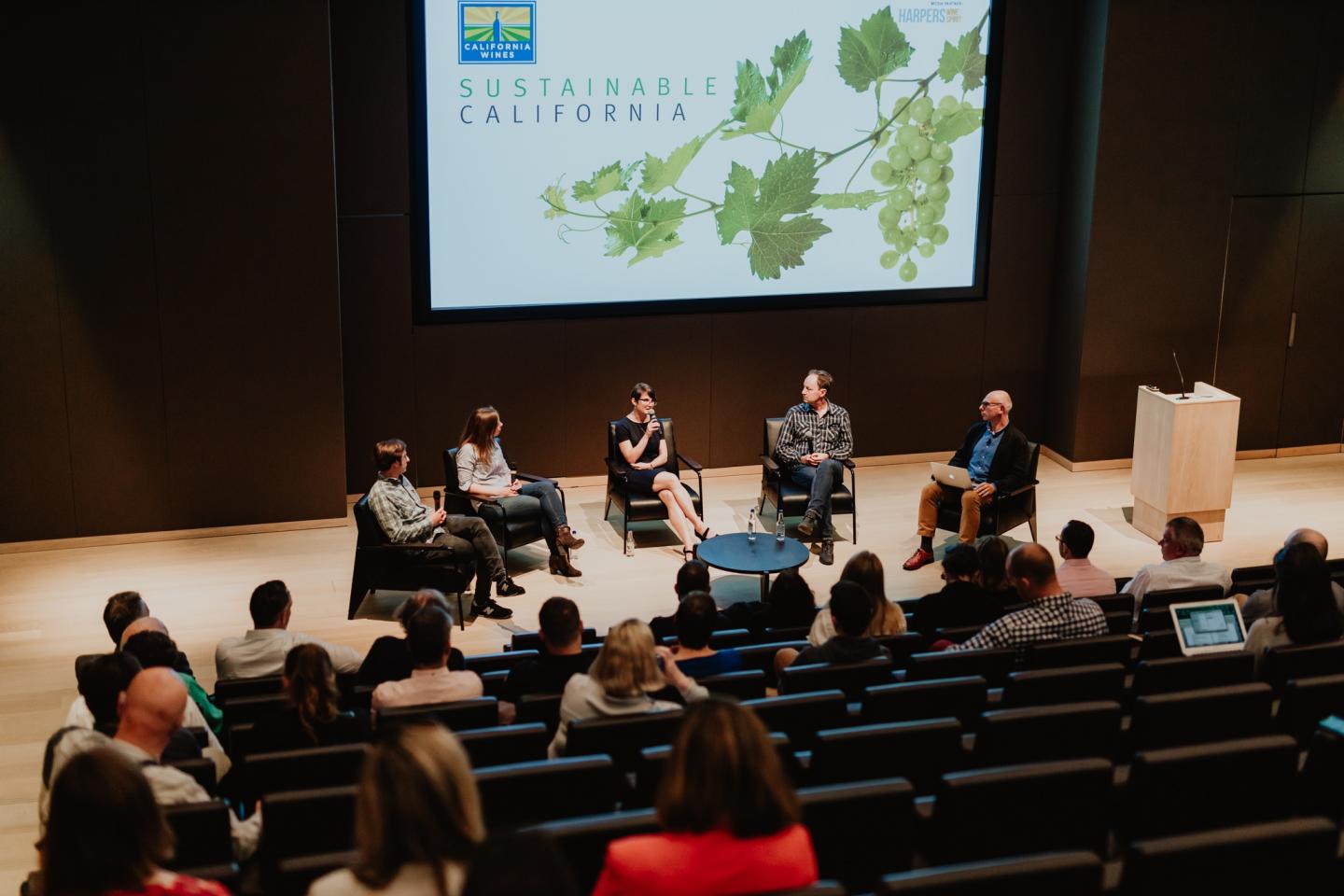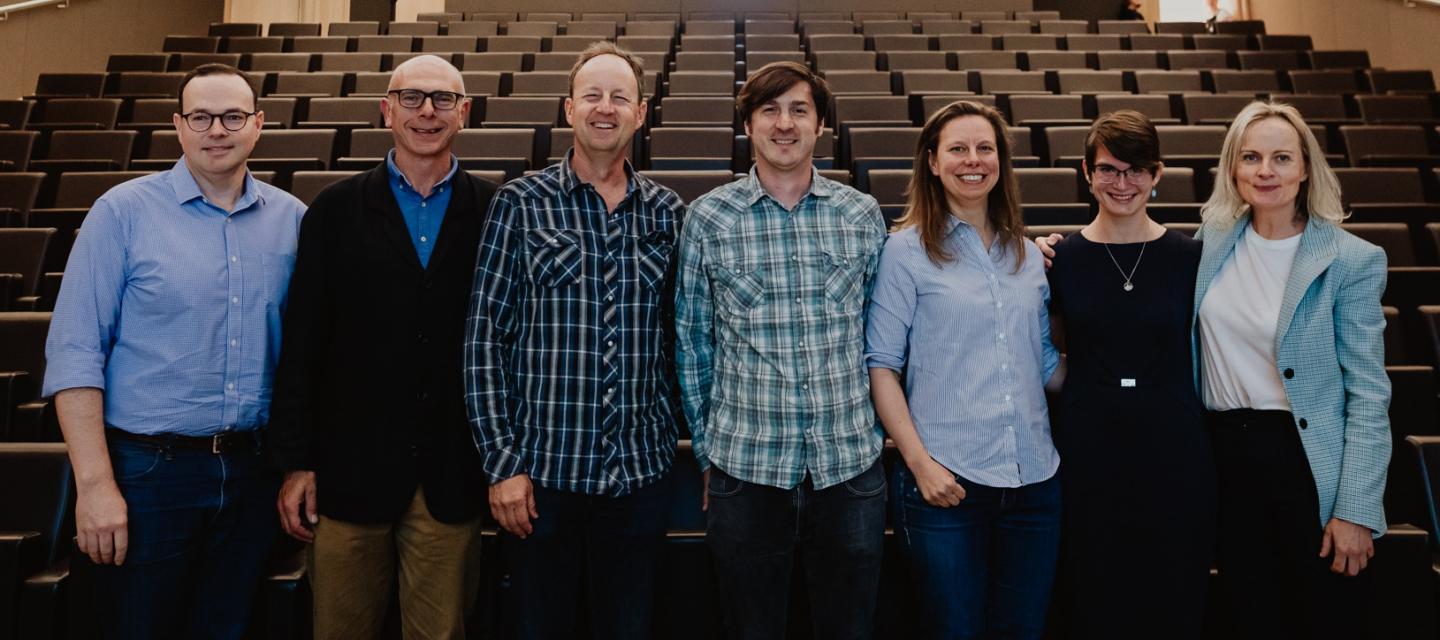Harpers and California Wine Institute hosted an insightful and far-reaching seminar at London’s Design Museum, delivering the core message that the wine world is well-placed to better engage consumers in supporting the true costs of advancing sustainability. Andrew Catchpole reports
The opening presentation
Highlights from the introductory talk by sustainability expert and Napa producer Steve Matthiasson of Matthiasson Wines
“There are a lot of crossroads in front of us and a lot of decisions to make on what direction constitutes forward. I’d like to think we can look back and look forward at the same time, so the best of [both].
“It make me sad, as someone who loves science, that science is equated with all of the problems, so there’s a turn away from science as a path forward to say no, we want some kind of heart-based new life that will keep us safer, and unfortunately I think it’s a little naïve.
“There are so many exciting things about science to unlock the mysteries of life and the ways that our lives will be improved by continuing to be clear-headed, without giving up the heart, to navigate this mess that we’ve gotten ourselves into as a race on this planet.
“We are lucky as an agricultural industry – we have to remember that wine is an agricultural product – but we are perversely lucky in that a lot of consumers don’t see wine as an agricultural product but a luxury good, and they are willing to spend for quality.
“So it gives us a little more flexibility in terms of investing for sustainability. In the wine grape industry in California we have found ourselves as leaders in sustainability due to the fact we make something that people are willing to pay for.
“One problem is that I don’t think someone can say ‘we farm sustainably’ – we are working towards sustainability. There are very few businesses that can tackle all the things they want to tackle.
“There are all these niggling difficulties that need to be overcome. There are financial roadblocks, regulatory roadblocks – we need the consumers, people who have the ability to continue the conversation, that can come back to the farmer to help solve all these problems as we move on down the sustainability continuum.

“The general theme is how does the land that you are managing interact with the wider landscape? Think of the farm as nature, in the farm and surrounding the farm.
“Call it utility in economics – in the wine industry utility is big. Very few people look at things strictly from a business perspective, they look at the lifestyle, making a better wine, [values] you might sacrifice some profit for. And it’s the same with sustainability. You might decide it’s worth it to take better care of this land even if you’re not maximising financial profits. I’m maximising my utility, and that’s really what it’s all about.
“Especially as farmers of wine grapes, because it is so specific, we track the maturity and compare against prior vintages and other growing regions. It’s one of the crops that has amazing records going way back, and so wine grape growers are acutely aware of climate change.
To read the full story – please visit: https://harpers.co.uk/news/fullstory.php/aid/25691/Sustainability:_a_transatlantic_conversation_with_California_Wines.html

